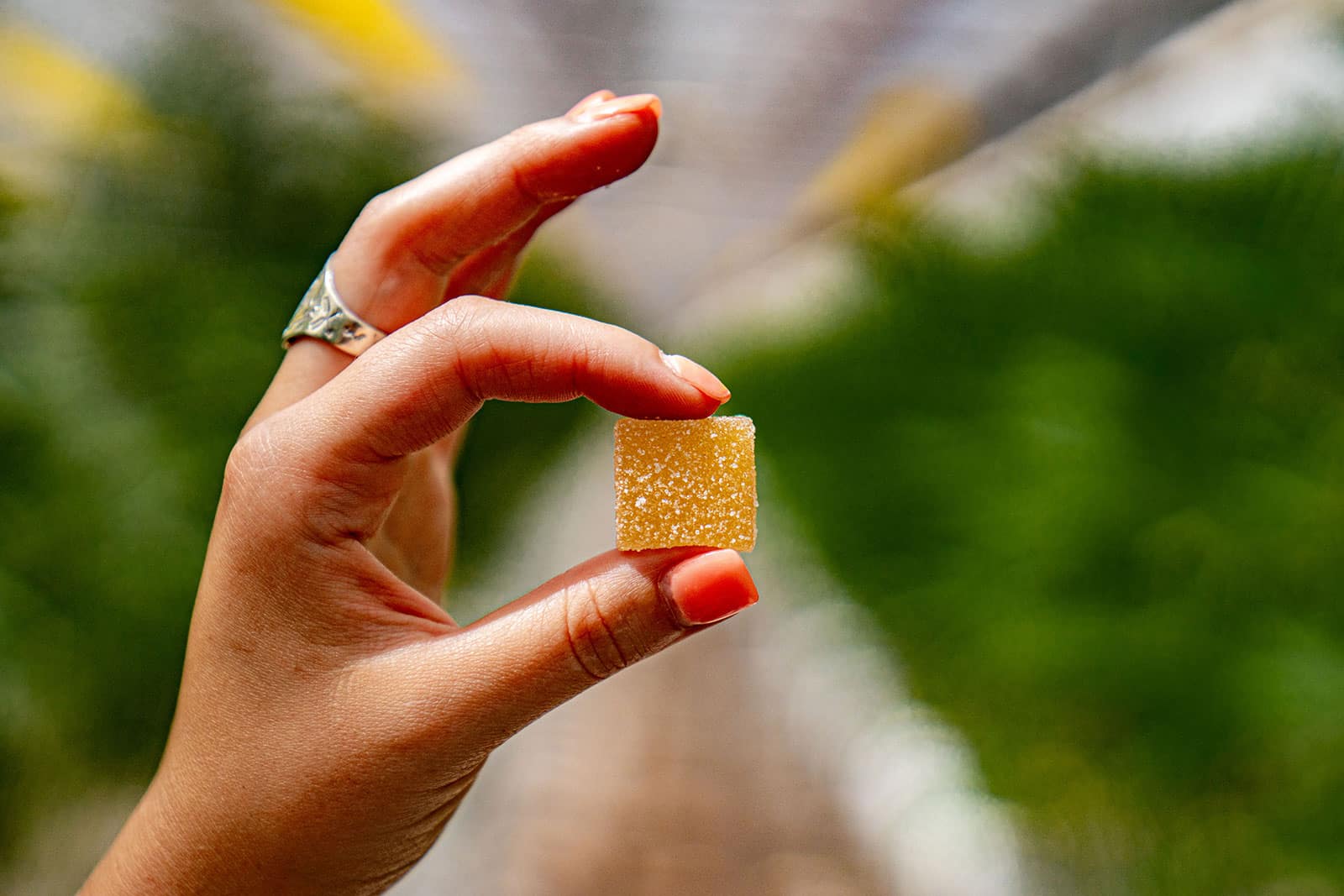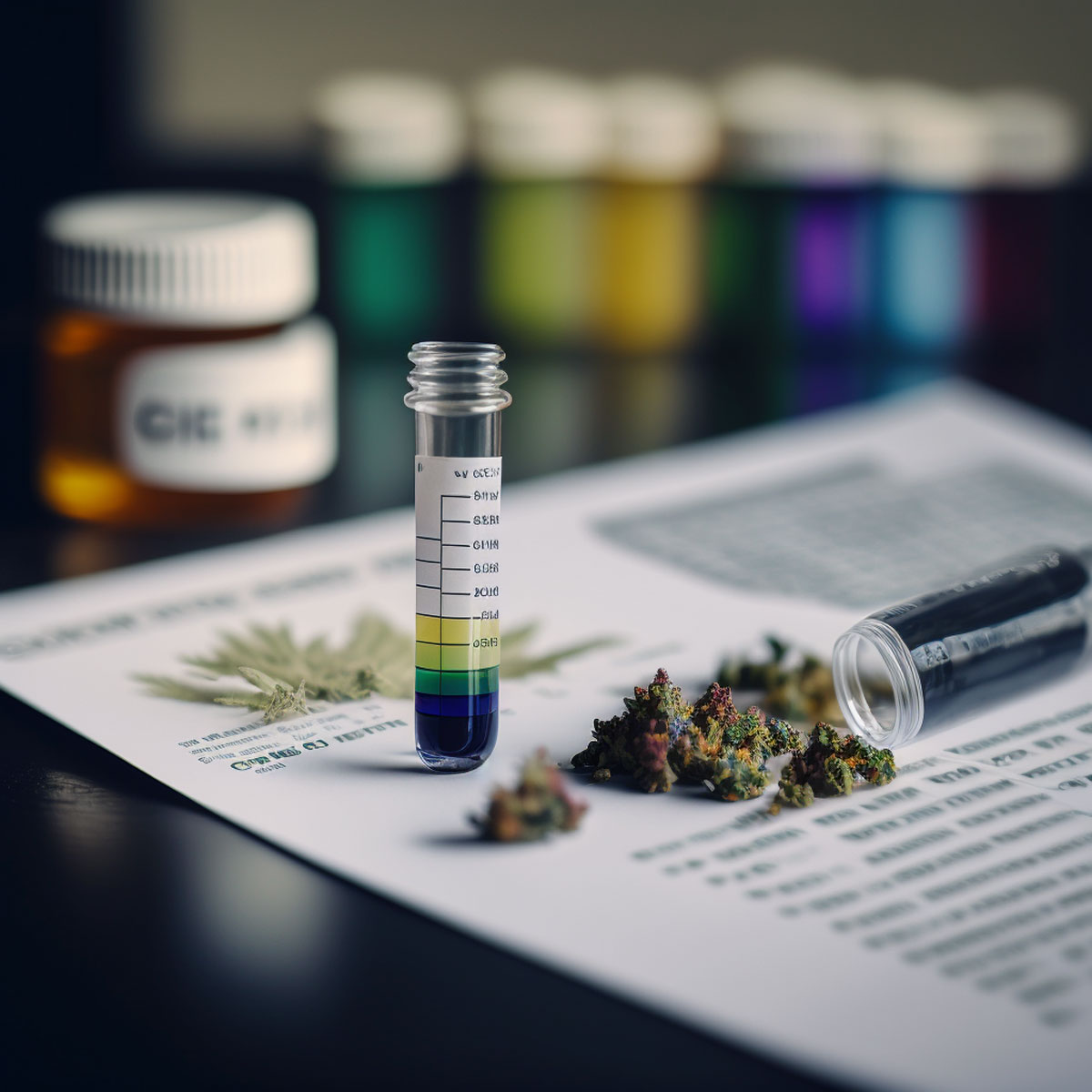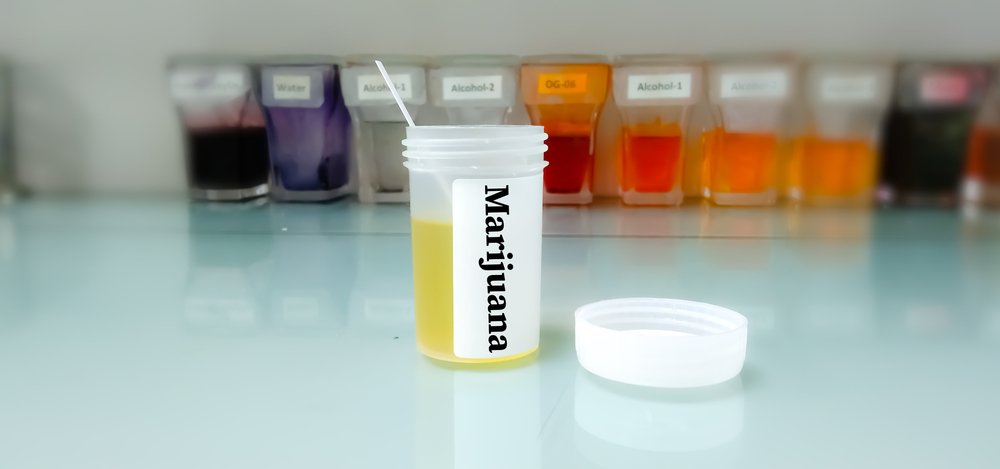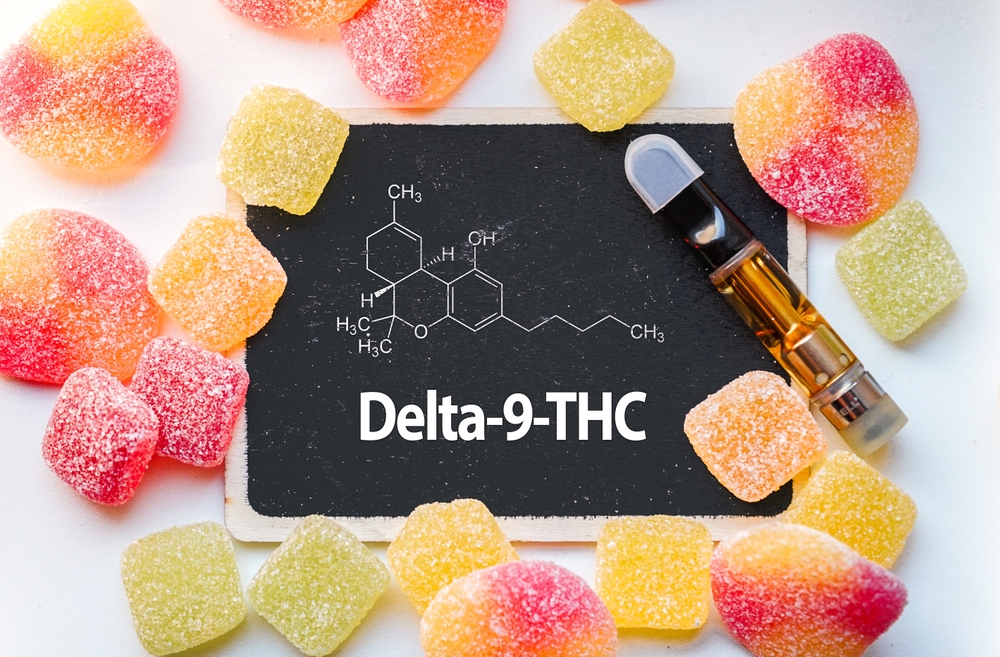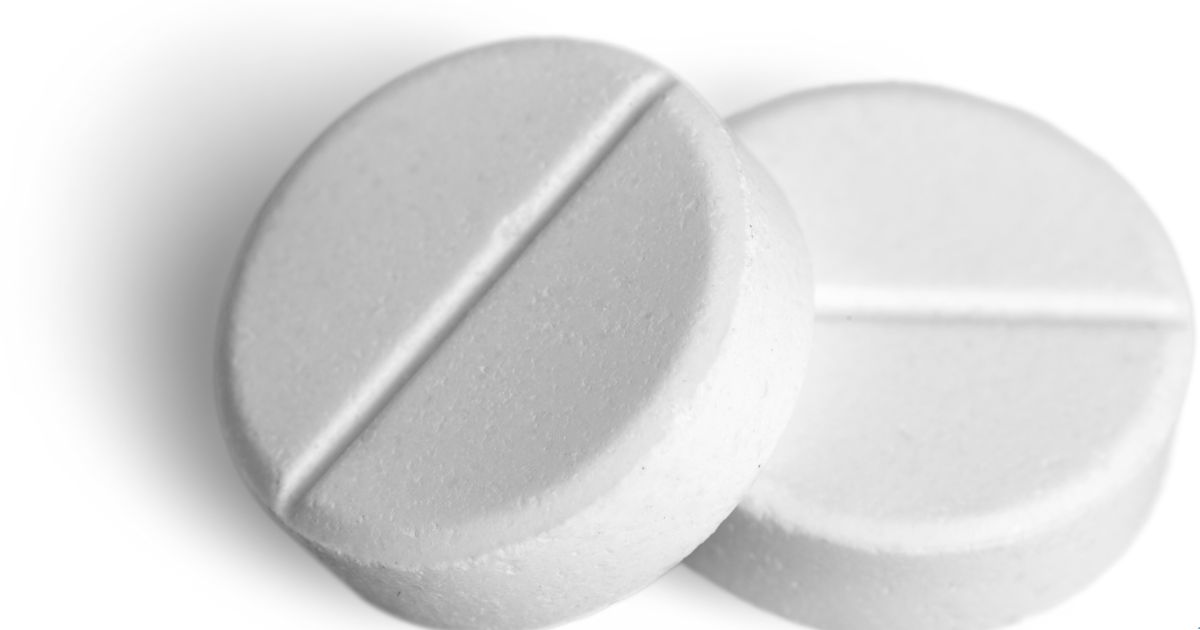Do Edibles Show Up On Drug Test
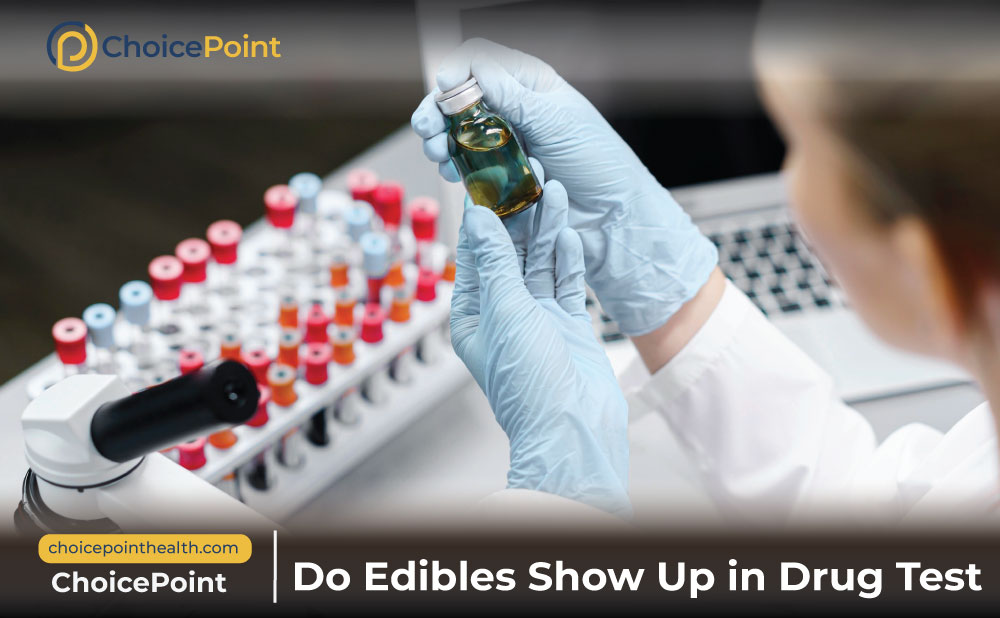
Marijuana edibles are increasingly popular, but their detectability on drug tests remains a critical concern for many. Positive results hinge on various factors, demanding immediate understanding for those facing drug screenings.
This article cuts through the confusion surrounding edibles and drug tests. It delivers essential information about detection windows, influencing variables, and actions individuals can take to navigate potential risks.
Understanding THC and Drug Testing
The primary psychoactive compound in marijuana, THC, is the key element drug tests target. THC metabolites, particularly THC-COOH, are what urine, blood, hair, and saliva tests identify.
Edibles, like other cannabis products, introduce THC into the body. The method of consumption, however, influences how quickly THC enters the bloodstream and subsequently, how long it remains detectable.
Detection Windows: A Breakdown
Urine tests are the most common and typically detect THC-COOH for up to 30 days after infrequent use. Heavy, chronic users may test positive for significantly longer, sometimes exceeding 60 days.
Blood tests have the shortest detection window, typically detecting THC for only a few days after consumption. They are primarily used to detect recent use or impairment.
Saliva tests usually detect THC for up to 72 hours after use. Hair follicle tests have the longest detection window, potentially detecting THC for up to 90 days or more.
Factors Influencing Detection Time
Metabolism rates vary significantly among individuals. A faster metabolism generally leads to quicker processing and elimination of THC.
Body fat percentage also plays a crucial role. THC is fat-soluble, meaning it can be stored in fatty tissues and released slowly over time.
Dosage and frequency of use are significant determinants. Higher doses and more frequent consumption lead to longer detection times.
Individual hydration levels and exercise habits can also have a minor impact. Staying hydrated and exercising may help to speed up the elimination of THC, but their impact is relatively small.
Edibles vs. Smoking: A Comparative Look
Edibles are often metabolized differently than smoked marijuana. When inhaled, THC enters the bloodstream directly through the lungs.
Edibles, on the other hand, are processed through the liver. This process converts THC into 11-hydroxy-THC, a more potent metabolite that can lead to a more intense and prolonged high.
This different metabolic pathway can also impact detection times. Some studies suggest that edibles may result in a longer detection window compared to smoking, especially with chronic use.
Who is Most Affected?
Individuals facing employment-related drug screenings are significantly affected. Many employers still maintain zero-tolerance policies regarding cannabis use, regardless of state laws.
Athletes subject to drug testing by sports organizations also face potential consequences. Positive tests can lead to suspensions and other penalties.
Individuals involved in legal proceedings, such as child custody cases or probation, may also be required to undergo drug testing. A positive test can negatively impact their case.
What to Do If Facing a Drug Test
If you are facing a drug test, honesty is generally the best policy. Disclosing your cannabis use beforehand may allow for a more understanding approach, depending on the context.
Consider abstaining from cannabis use well in advance of the test. Use online THC detection calculators to estimate how long THC may remain detectable in your system.
Consult with a legal professional if you believe a positive drug test could have serious consequences. They can advise you on your rights and options.
The Evolving Legal Landscape
Cannabis laws are rapidly changing across the United States and globally. Stay informed about the legal status of cannabis in your specific jurisdiction.
Advocate for changes in workplace drug testing policies to reflect the evolving legal landscape. Some companies are beginning to adopt more nuanced approaches to cannabis use.
Understand your rights and responsibilities under the law. Knowledge is power when navigating the complex world of cannabis regulations.
Data and Statistics
A 2023 study published in the Journal of Analytical Toxicology found that chronic cannabis users tested positive for THC metabolites in urine for an average of 25 days after cessation. However, some individuals tested positive for up to 45 days.
Data from the Substance Abuse and Mental Health Services Administration (SAMHSA) indicates that the number of positive drug tests for marijuana has been steadily increasing in recent years. This trend is likely due to the increasing legalization and availability of cannabis products.
According to a 2024 report by Quest Diagnostics, marijuana positivity rates in the U.S. workforce increased by 8.3% between 2022 and 2023. This highlights the ongoing relevance of this issue for employers and employees alike.
Ongoing Developments
Research into more accurate and reliable cannabis testing methods is ongoing. Scientists are exploring new biomarkers and technologies that can better differentiate between recent and past use.
Legislative efforts to reform drug testing policies are also underway in many states. These efforts aim to balance the need for workplace safety with individual privacy rights.
Stay informed about these developments to ensure you are up-to-date on the latest information. The landscape surrounding cannabis and drug testing is constantly evolving.

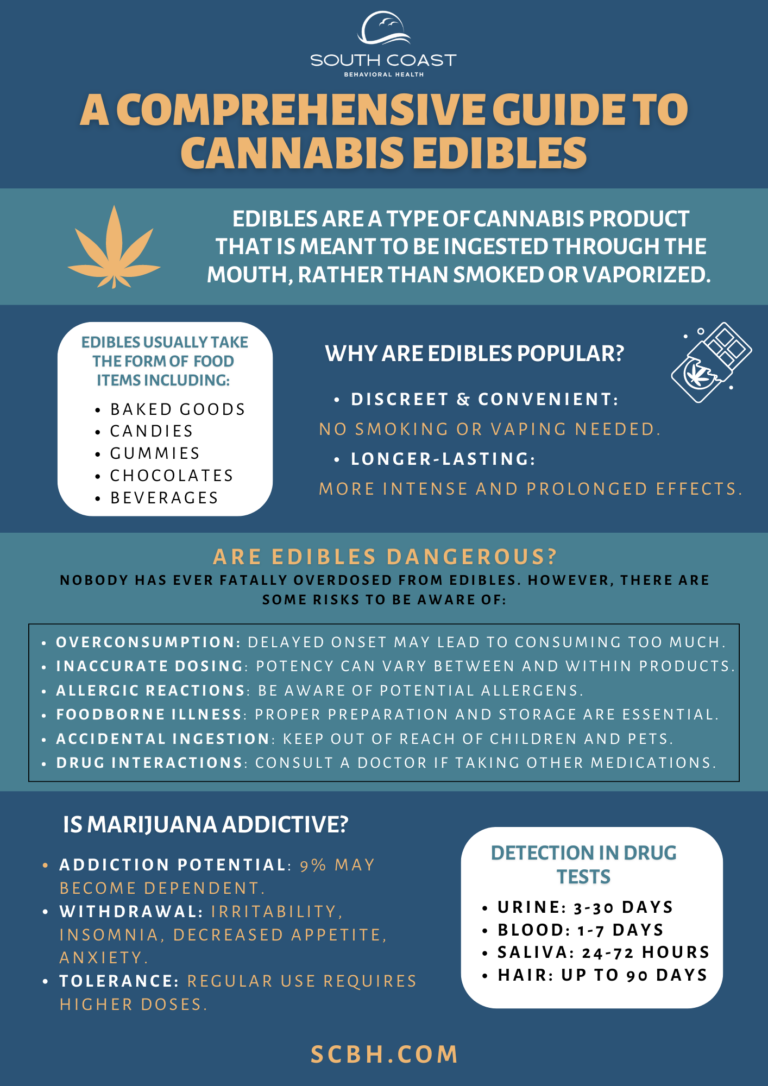

![Do Edibles Show Up On Drug Test Do Edibles Show Up On Drug Tests? [ed112f]](https://i.ytimg.com/vi/jiLnH3QulUU/sddefault.jpg)
